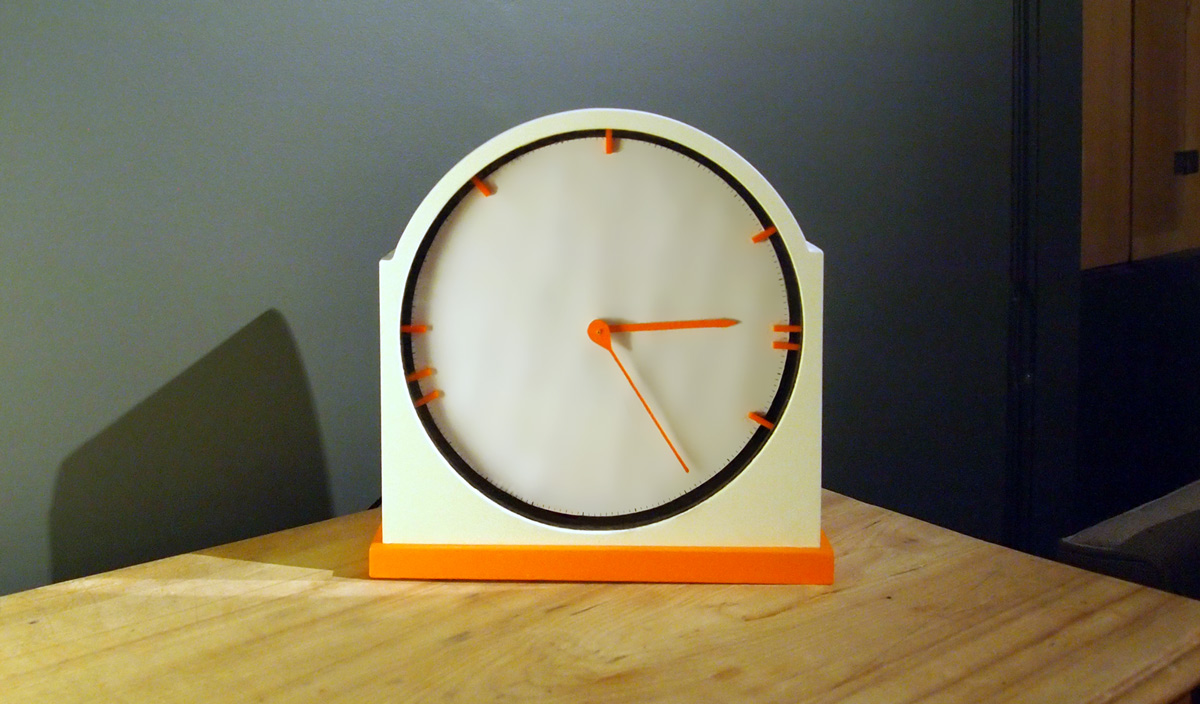The Family Clock attempts to disrupt time ‘as usual’, revealing how schedules are interwoven within families: what are the tensions, hierarchies and power relations around time, and what are the strategies that family members create to negotiate and agree on common rhythms. The intervention presents a physical clock whose face represents the length of a day and which is set to contain the appointments of a specific family. This clock is accompanied by a dedicated smartphone/tablet application that allows family members to set the clock back and forth according to individual constraints and pace of life. Changes are recorded in a database, transmitted to the clock and synchronised on all family devices.
Presented to different families, the clock not only revealed how perceptions differed between them, but also how they gained coherence within each family so as to construct individual personalities of time. This coherence emerges in the everyday, and demonstrates how practices come together to construct multiple temporal expressions, even when masked by notions of value and efficiency.



